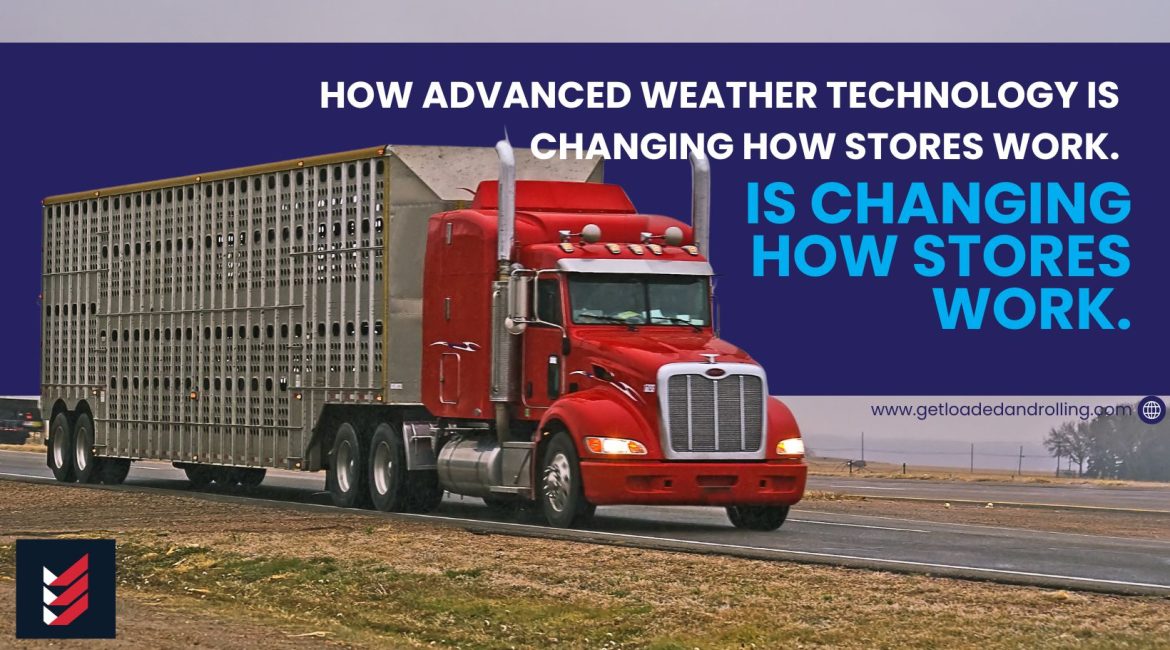How advanced weather technology is changing how stores work: Every day, the average consumer makes a shocking 35,000 choices.
Each of these, no matter how big or small, is affected by several things, such as the weather. What’s going on outside has a direct effect on how people feel, what they want, and how they act. This makes the weather a significant factor for retailers to think about.
For example, seasonal buying cycles are built into almost every retail business’s plans every year. Companies make sure they have enough stock of things like snow blowers in the winter, gardening tools in the spring, fruit in the season in the summer, and Halloween decorations in the fall.
But even though retailers are used to these yearly patterns, unexpected weather events like winter storms or hurricanes can catch them off guard and hurt their business.
The price of unplanned weather damage
Changes in demand are just one way that weather affects retail. The real effects are much worse and go much further.
“What’s happening outside has a big impact on all parts of running a store. Ayala Rudoy, VP and GM of Retail and Transportation at Tomorrow.io, said, “Daily weather changes make it harder to plan inventory and manage the supply chain.”
This is especially true for large retailers. While their supply chains are more secure, they have more moving parts, including private fleets, warehouses, multiple stores, and offices.
Freight often changes as bad weather delays goods and causes shortages at ports during ocean and land transit. These disruptions can create problems for businesses still preparing for the incoming stock. When customers visit stores for advertised products that haven’t arrived due to weather delays, empty shelves frustrate them and can hurt long-term sales.
Weather can disrupt organizations through staffing shortages, power outages, hazardous parking lots, and panic buying.
Without planning, retailers risk losing a lot of money over time, not getting the most out of their sales, and not being able to handle the effects of climate change in the long run.
Outdated Weather Forecasting Methods Require Immediate Fixes**
Retailers aren’t entirely blind to the effects of weather. They understand forecasting’s value, like predicting extreme weather, but need a reliable source for large-scale insights.
Instead, siloed groups within a company often rely on out-of-date daily reports or predictions that differ from app to app and newscast to newscast. This means that people who are not weather experts make the decisions.
An organization can’t risk each part making decisions based on outdated, fragmented weather predictions. The repercussions are just too bad.
“Retailers leave their long-term strength and profits up to the weather if they don’t have a unified approach to climate. Due to market instability, the industry can no longer simply react to changing forecasts, Rudoy said.
With weather intelligence, you can reduce risk and boost sales.
Retail has the high-tech tools needed for large-scale change, with brands across all fields using them to advance.
Meet Tomorrow.io’s weather intelligence, a technology that turns the traditional weather forecast into hyperlocal, actionable insights from a single source of truth.
With its weather and climate security platform, retailers can share the same real-time and hyperlocal data across their departments.
Rather than deciding inventory for all stores based on a “40% chance of rain,” retailers use minute-by-minute forecasts at the street level to optimize decisions for each location.
Retailers input their unique protocols into the platform, which sends automated alerts for each weather scenario. This way, no one in the organization has to guess what to do next.
“There are a lot of uses for retailers. Rudoy said, “All parts of the organization can act quickly based on a very accurate source of information to reduce the effects of everyday weather on operations, the bottom line, moving assets, and other things.”
With Tomorrow.io’s real-time monitoring tool, retailers with private fleets can reduce downtime and avoid accidents by identifying dangerous vehicles and contacting them instantly.
This can help route planners and/or drivers adjust routes and schedules from distribution centers to stores based on weather events. Knowing about bad weather in advance helps store managers prioritize safety and efficiency, minimizing risks before storms.
The platform gives you data from the past, data in real-time, and data for the next 14 days. This early warning lets stores, for example, align their stock and staffing with supply and demand based on the weather. This way, when other stores run out of popular products, their shelves will still have them.
Tomorrow.io provides game-changing weather information for the transportation and retail industries and will soon take it a step further. This year, the company will launch a unique commercial satellite constellation that improves radar coverage worldwide.
